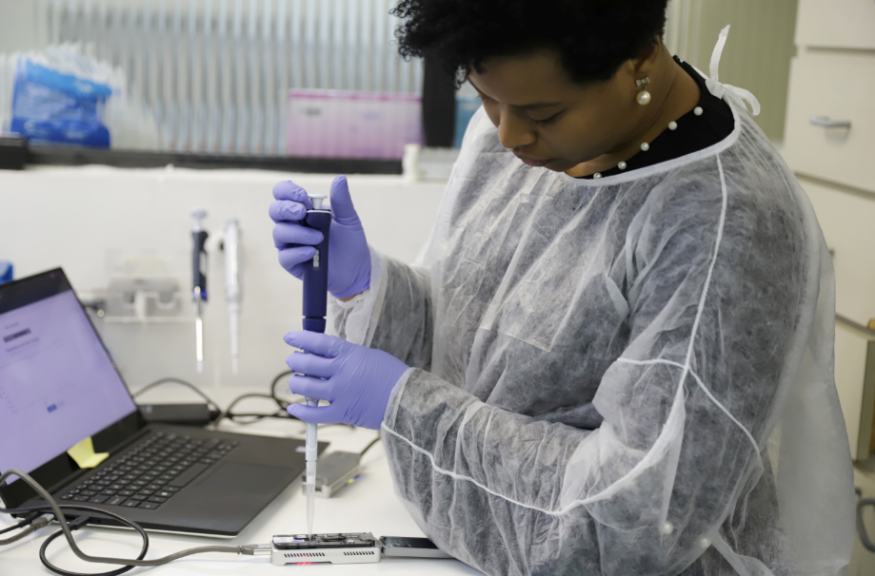
The coronavirus outbreak has continuously spread all over the world with more than half a million recorded cases globally. The Sars-CoV-2 as confirmed by scientists is not biologically engineered but it is a product of evolution from previous coronavirus diseases.
In the latter part of 2019, China has reported to the World Health Organization a respiratory disease that is slowly spreading throughout their country. Since then, debates on its origin has always become one of the hot topics worldwide. But where did Sars-CoV-2 really came from?
Chinese scientists have immediately looked into the virus' genome sequence and they were successful. They shared their findings with other researchers around the world and now, a team of researchers is exploring the evolution of Sars-CoV-2 which concentrates on the spike protein (S protein).
Kristian Andersen, Ph.D., the corresponding author of the paper and associate professor of immunology and microbiology at Scripps Research, said that their research has proven SARS-CoV-2 was not engineered. They firmly determined that the virus originated through a natural process.
Distinct Features of the SARS-CoV-2 Virus
Andersen together with other scientists, published their paper in the Nature Medicine focused on the S protein a "multifunctional molecular machine" that facilitates the virus entry into its host. The researchers analyzed it, focusing on two sites: the RBD or the "hook," and the cleavage site that can be likened to the opener which pulls open the host cell so that the virus can enter and infect it.
Through their analysis, they discovered that the RBD element of the S protein had evolved to specifically target angiotensin-converting enzyme 2 (ACE2), a receptor involved in blood pressure regulation and is seen predominantly in the vascular endothelial cells of the hearts and kidneys.
The binding of SARS-CoV-2 and ACE2 is so effective which implies that the virus is the result of a natural selection; a very crucial evidence-based view to the rumors circulating regarding the origin of the virus.
Furthermore, the binding of the S protein to ACE2 which has become a feature of the virus's molecular structure also shed some light regarding to its origin. The backbone of SARS-CoV-2 mostly resembles a related virus that is commonly found in bats and pangolins, which substantially differs from the already known coronavirus.
A polybasic cleavage site exists at the junction of two subunits of the S protein, this site is enabled by furin protein, implicated in determining the infectivity and host range of a virus. Predicted to merge the cleavage site, an amino acid known as proline that is used in the biosynthesis of proteins, also inserts at this site.
Andersen and colleagues identified the mutation of the RBD portion of the spike and its distinct backbone, as the two features that rule out laboratory manipulation for SARS-Cov-2's origin.
SARS-CoV-2's Origins
There are two theories in the virus' origins. One is via natural selection in a non-human organism and then transmitted to humans. Previous coronavirus diseases such as MERS and SARS have occurred in this manner. The non-human host proposed in this theory for SARS-CoV-2's origin is the bats.
Meaning, the virus would have evolved to their current form before it enters the humans which suggests that the virus is already pathogenic and be able to spread between people easily.
Another theory for the origin of the virus is through a non-pathogenic version of the virus transmitted directly from an animal to a person and subsequently evolved in its current pathogenic form within the human host. This theory is more plausible since some of the pangolins possess an RBD structure similar to SARS-CoV-2.
The origin of the virus is still hard to distinguish between these two theories for now, according to study co-author Andrew Rambaut from Edinburgh University.












